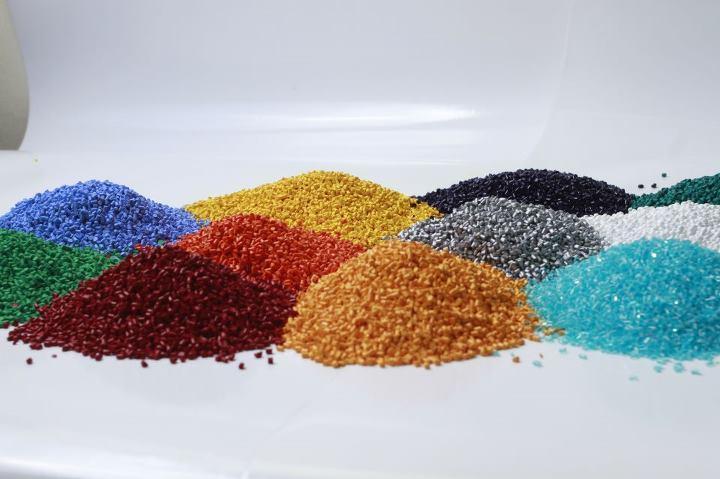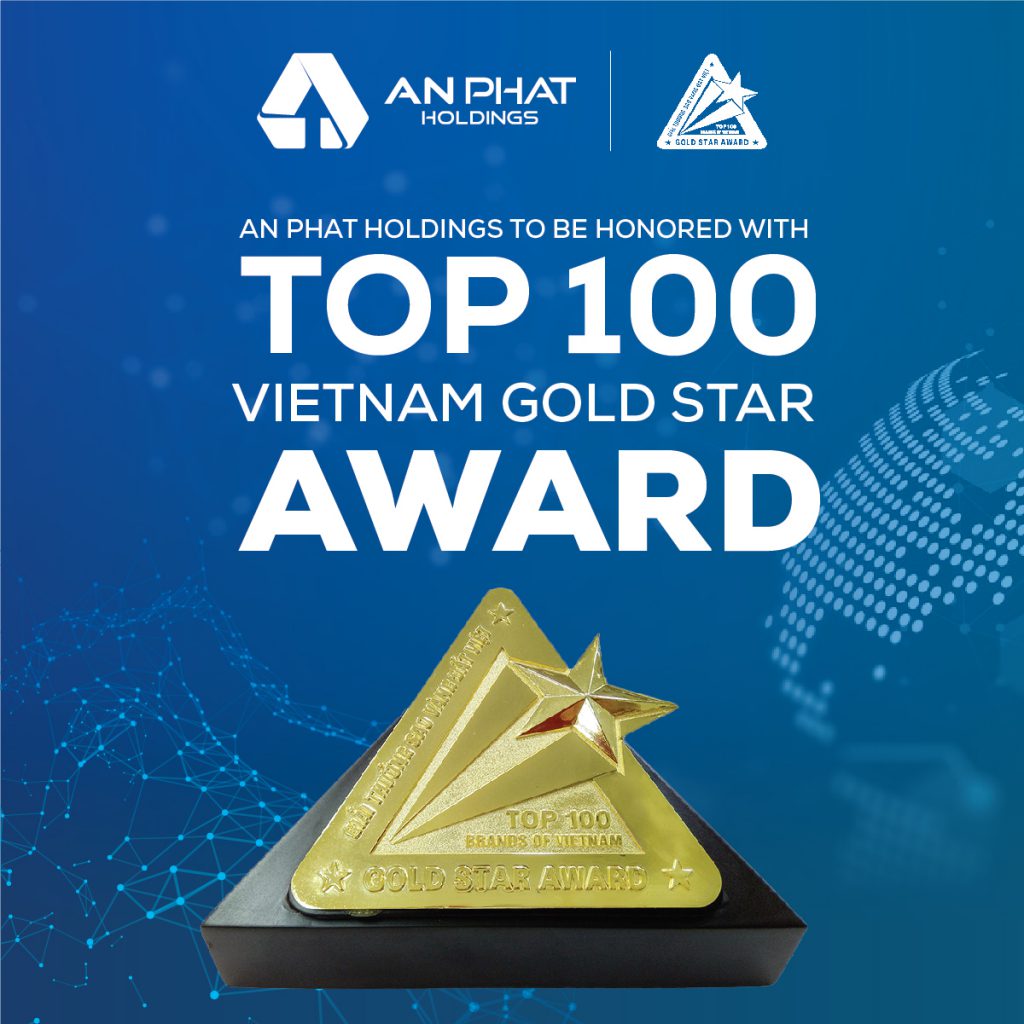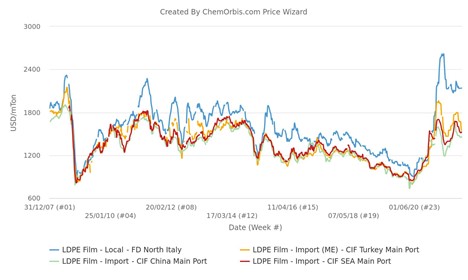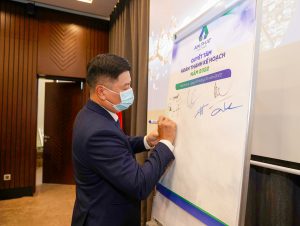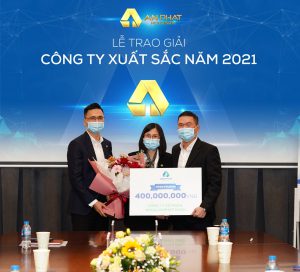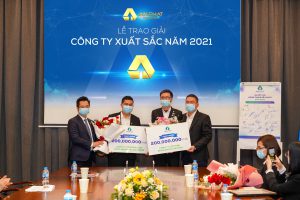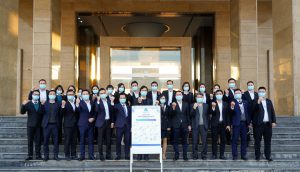Resin suppliers in Africa are pressing for price increases on the basis of higher energy costs driven by the Ukrainian/Russian conflict and the potential of diminishing supplies in an already tightly supplied market. Although most PP and PE grades saw price increases in March, underlying demand remained weak across the markets.
Production, delivery issues reported in Nigeria
New offers in West Africa’s largest polymer market were increased by $10-80/ton from last month, largely due to increased pressure from costs. Although Nigerian players continued to report shipments delays, availability in the market was “sufficient” at large, balanced by prevailing demand conditions.
Nigeria’s local producer ELEME’s PE offers increased by NGN40,000/ton ($98/ton) from the previous levels while PP offers rolled over in March. Traders reported that feedstock shortages resulted in suspended operations and deliveries early in the month. Surging transportation costs amid higher fuel prices were also cited among factors that affected local pricing.
Buyers prefer to stay cautious despite rally in Kenya
In Kenya, the largest economy of East Africa, HDPE film and LLDPE C4 film offers for March surged by $100-120/ton month-on-month and were reported at $1560-1580/ton and $1540-1560/ton, respectively. LDPE film offers were largely stable at $1580-1600/ton. New PPH raffia and inj. offers were also firmer by $120/ton from last month at $1570-1580/ton CFR Kenya.
Kenyan traders noted that sellers maintained a firm stance despite limited buying intentions from end-users. “Bullish global trend and tightened supplies in the region directed pricing in March. We are not buying beyond our immediate needs and monitoring the markets to see where prices will land in April,” a trader said.
North African markets shift direction in March
After a month of downward pricing, North African markets shifted direction in March. Amid rising costs and tighter availability, new PPH raffia and inj. offers in Algeria rose by $40/ton from February to $1640-1650/ton CFR Algeria. HDPE film and LLDPE C4 film increased by $30-60/ton from last month to $1600-1620/ton and $1580-1600/ton, respectively. The sharpest price increases were for LDPE film, which surged by $160-180/ton over February at $1930-1950/ton CFR Algeria.
March offers in Tunisia and Morocco were assessed at a combined range of €1350-1380/ton for HDPE film, €1520-1620/ton for LDPE film and €1330-1380/ton for LLDPE C4 film, all indicating increases over levels reported in February.
Meanwhile, demand remained largely subdued across the North African markets, with most buyers restricting their purchases to hand-to-mouth basis. Tunisian traders reported expectations of discounts in deals while Algerian traders reported lower bids from buyers, challenging the increased levels in the market.
Outlook firm but demand raises questions
Volatile oil prices due to the ongoing conflict in Eastern Europe are raising feedstock costs, and the potential of further disruptions in supplies is emboldening producers to take a firmer stance in pricing to offset these risk factors. As a result, most players expect markets to continue increasing. At the same time, players point out that there are threats of demand destruction.
(Source: Chemorbis)

